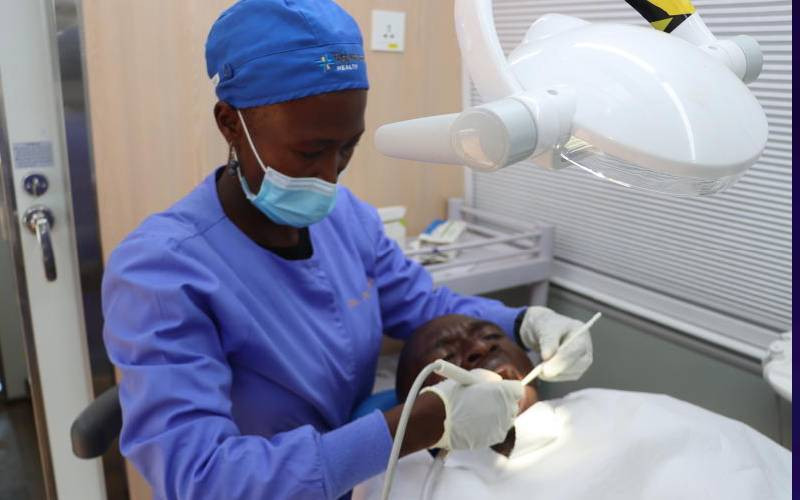
A new study has shed light on why our brains evolved to be so large. The answer lies in the microbes present in our guts.
The brain consumes huge amounts of energy and scientists suggest that gut plays a crucial role in meeting this demand.
Specifically, gut microbes may have enabled the body to produce enough energy over time to support the growth of our most vital organ.
The research revealed that organisms with larger brains relative to body size, like humans and squirrel monkeys — our close evolutionary relatives — owe this advantage to their digestive microbes.
These microbes enable them to consume more food and generate more energy compared to species with smaller brains. It’s the first study to show how the microbiota in the gut can create biological differences between animal species.
“I think we all have an innate understanding that the gut and the brain are linked. We talk about ‘feeling it in the gut,’ and we know that stress and anxiety often lead to gut symptoms,” said the study’s first author, Associate Professor Katherine Amato of Northern University.
Prof Amato added that the study goes further to show how events in the gut may actually be the foundation that allowed our brains to develop over evolutionary time.
Energy production
- Why DNA testing takes longer than expected
- How USAID shutdown will affect Kenya's medical research
Keep Reading
There are more than 100 trillion microbes in your gut—at least double the number of cells in your body. In total, your gut microbiome weighs around 2 kilograms (4.4 pounds), about the same as a large pineapple.
Scientists were particularly interested in how these tiny gut organisms impacted brain size relative to body size. While humans may not have the largest brains (that title goes to the sperm whale, whose brain is five times bigger), humans do have a much larger brain-to-body ratio. Sperm whales are around 450 times heavier than the average US male over the age of 20.
In the study, detailed in the journal Microbial Genomics, the researchers implanted gut microbes from one of three animals into mice: two large-brained primates—humans and squirrel monkeys—and a smaller-brained primate, the macaque.
They found that mice with gut microbes from the larger-brained species produced more energy to power brain activity. They ate more and created higher levels of glucose, which the body uses to fuel energy production. However, mice with gut microbiota from the smaller-brained macaque stored more energy as fat.
“These findings suggest that when humans and squirrel monkeys evolved larger brains, their microbial communities changed in similar ways to help provide the necessary energy,” explained Amato.
Scientists had previously believed that mice with human microbes would deliver unique results. Instead, they discovered that the results were more similar to those of other large-brained species than they expected.
“While we did see that human-inoculated mice had some differences, the strongest pattern was the difference between large-brained primates (humans and squirrel monkeys) and smaller-brained primates (macaques),” Amato added.
Researchers are now looking to study other primates to further understand how gut microbes influence brain evolution.
 The Standard Group Plc is a multi-media organization with investments in media platforms spanning newspaper print
operations, television, radio broadcasting, digital and online services. The Standard Group is recognized as a
leading multi-media house in Kenya with a key influence in matters of national and international interest.
The Standard Group Plc is a multi-media organization with investments in media platforms spanning newspaper print
operations, television, radio broadcasting, digital and online services. The Standard Group is recognized as a
leading multi-media house in Kenya with a key influence in matters of national and international interest.











